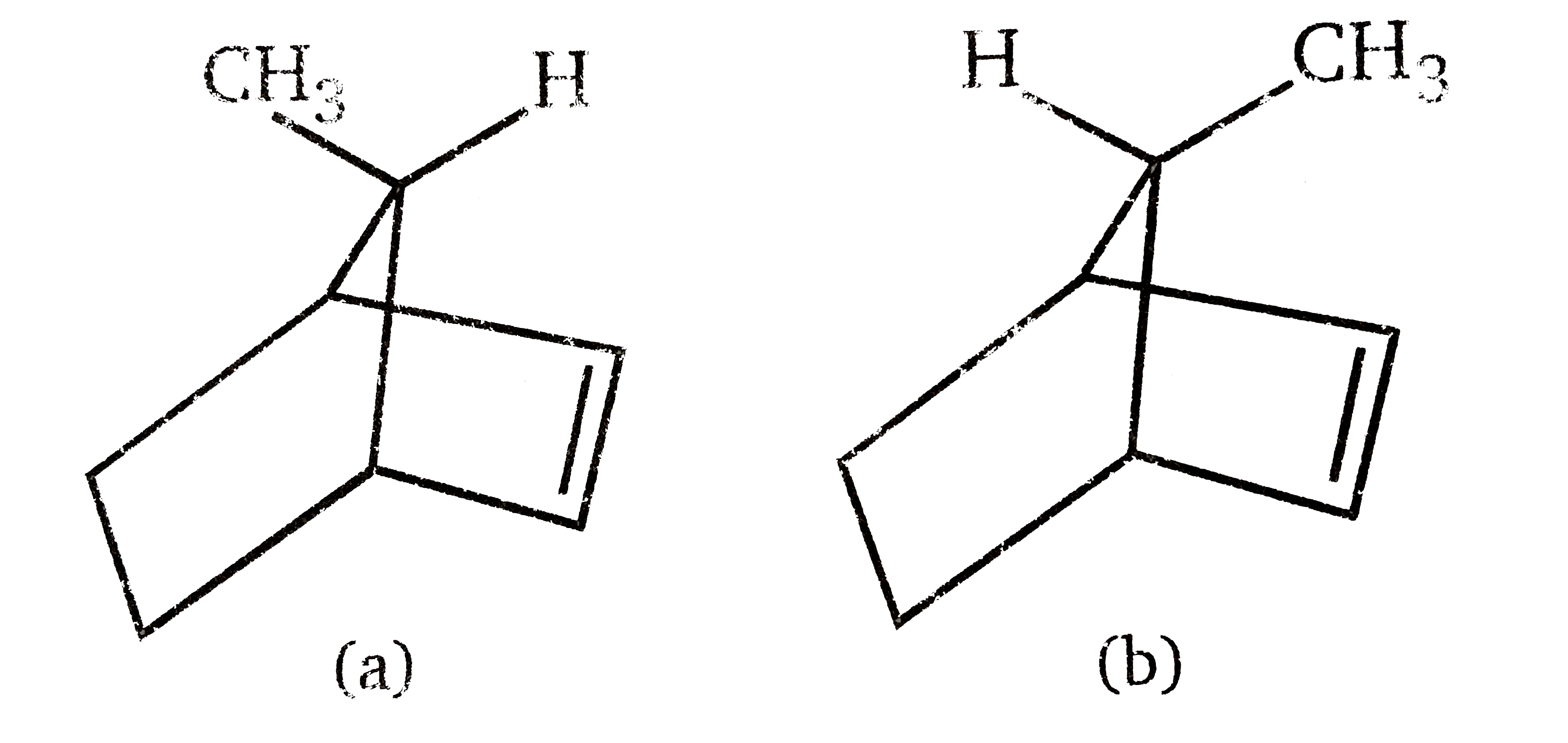
Rate of reaction towards reduction using (H2/Pt):
a>b
a=b
b>a
Reduction of given molecule is not possible
The correct Answer is:a
Less steric hinderence site will be attacked. Approach of H2 is more hindered in (b).
Topper's Solved these Questions
- BOOK - MS CHOUHANCHAPTER - HYDROCARBONS (ALKENES)EXERCISE - Level 1 (Q.1 To Q.30)1videos
HYDROCARBONS (ALKENES)
- BOOK - MS CHOUHANCHAPTER - HYDROCARBONS (ALKENES)EXERCISE - Level 1 (Q.61 To Q.90)2videos
HYDROCARBONS (ALKENES)
- BOOK - MS CHOUHANCHAPTER - HYDROCARBONS (ALKANES)EXERCISE - Level 1 (Q.31 To Q.50)1videos
HYDROCARBONS (ALKANES)
- BOOK - MS CHOUHANCHAPTER - HYDROCARBONS (ALKYNES)EXERCISE - Level 1 (Q.1 To Q.30)2videos
HYDROCARBONS (ALKYNES)
Similar Questions
Knowledge Check
- Question 1 - Select One
Acrolein on reduction by using H2/Ni gives
A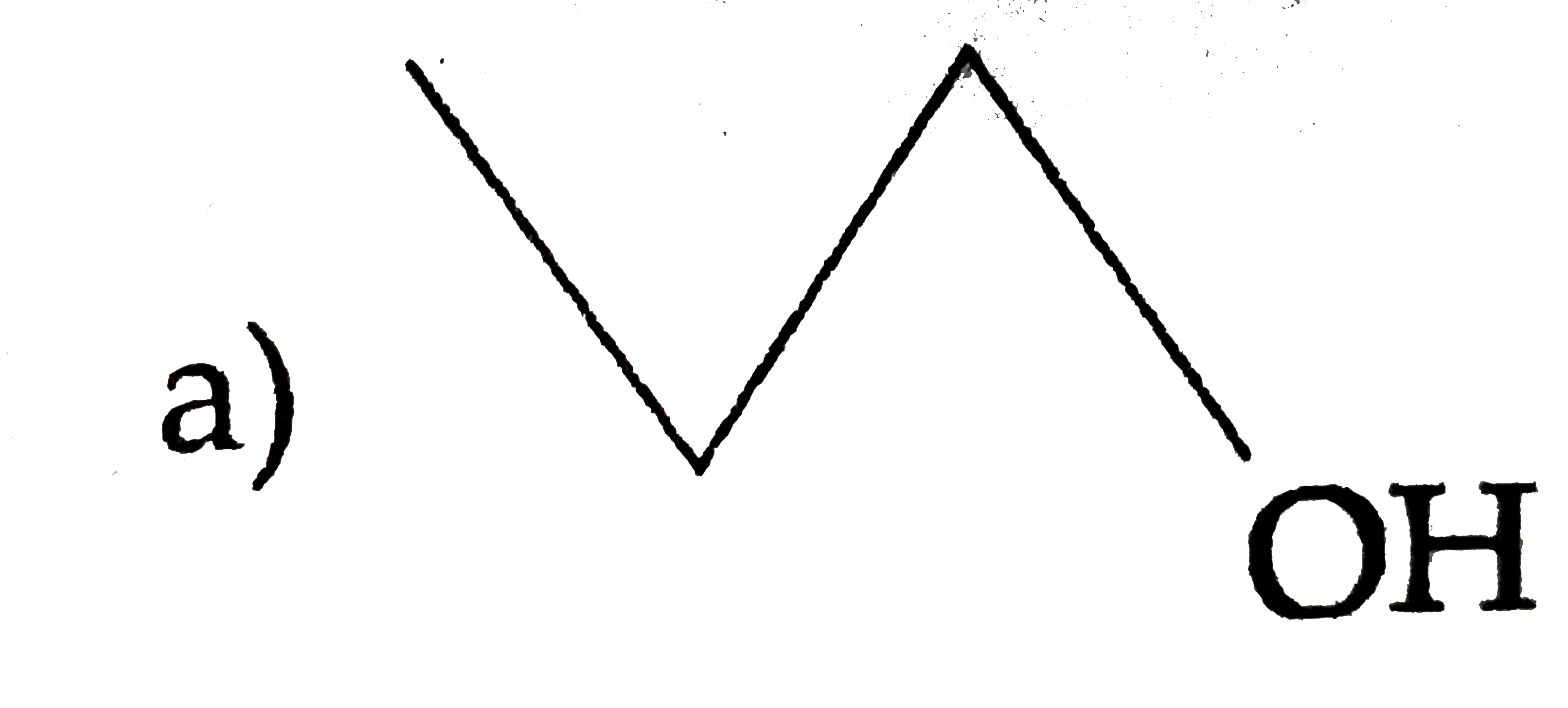 B
B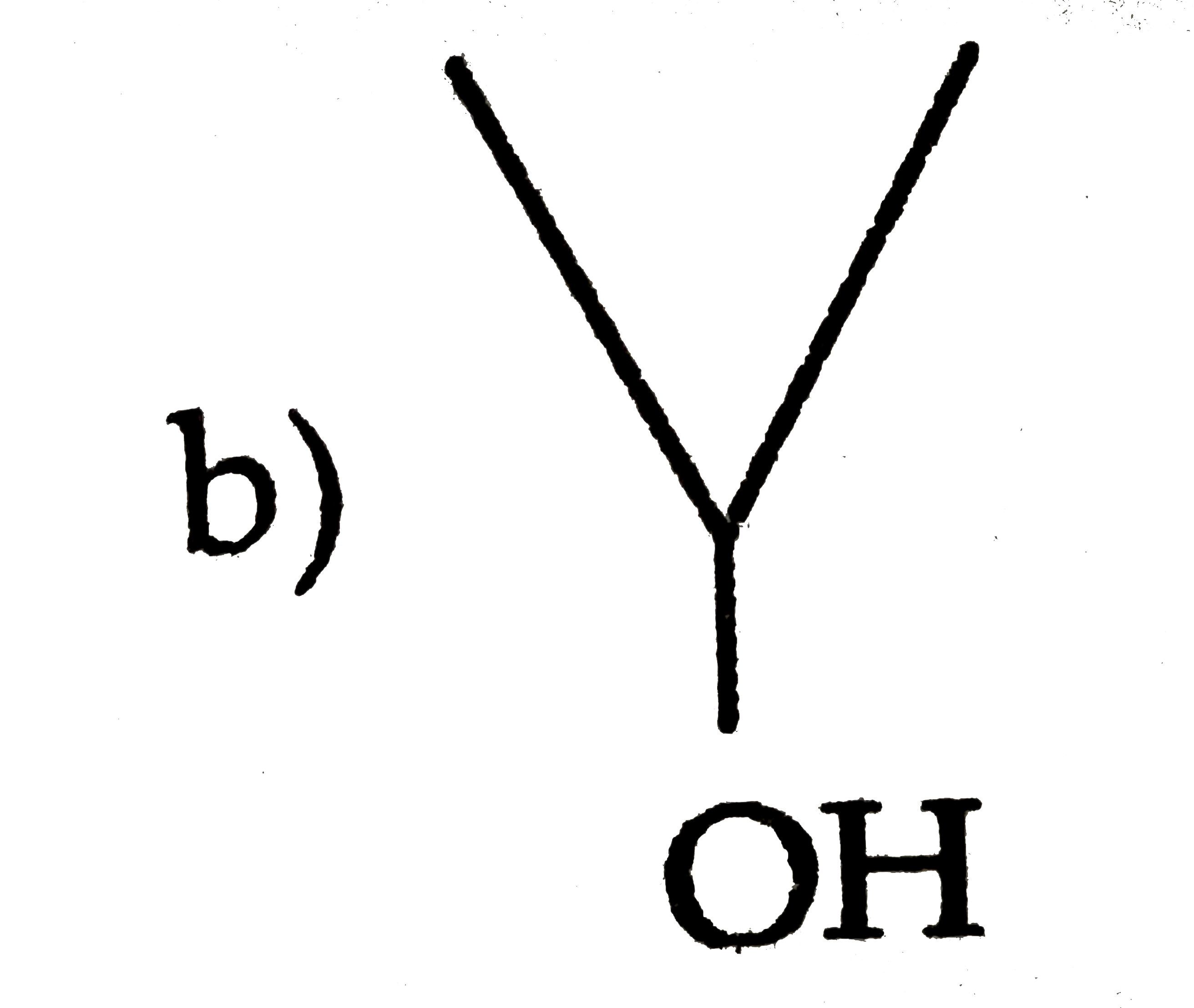 C
C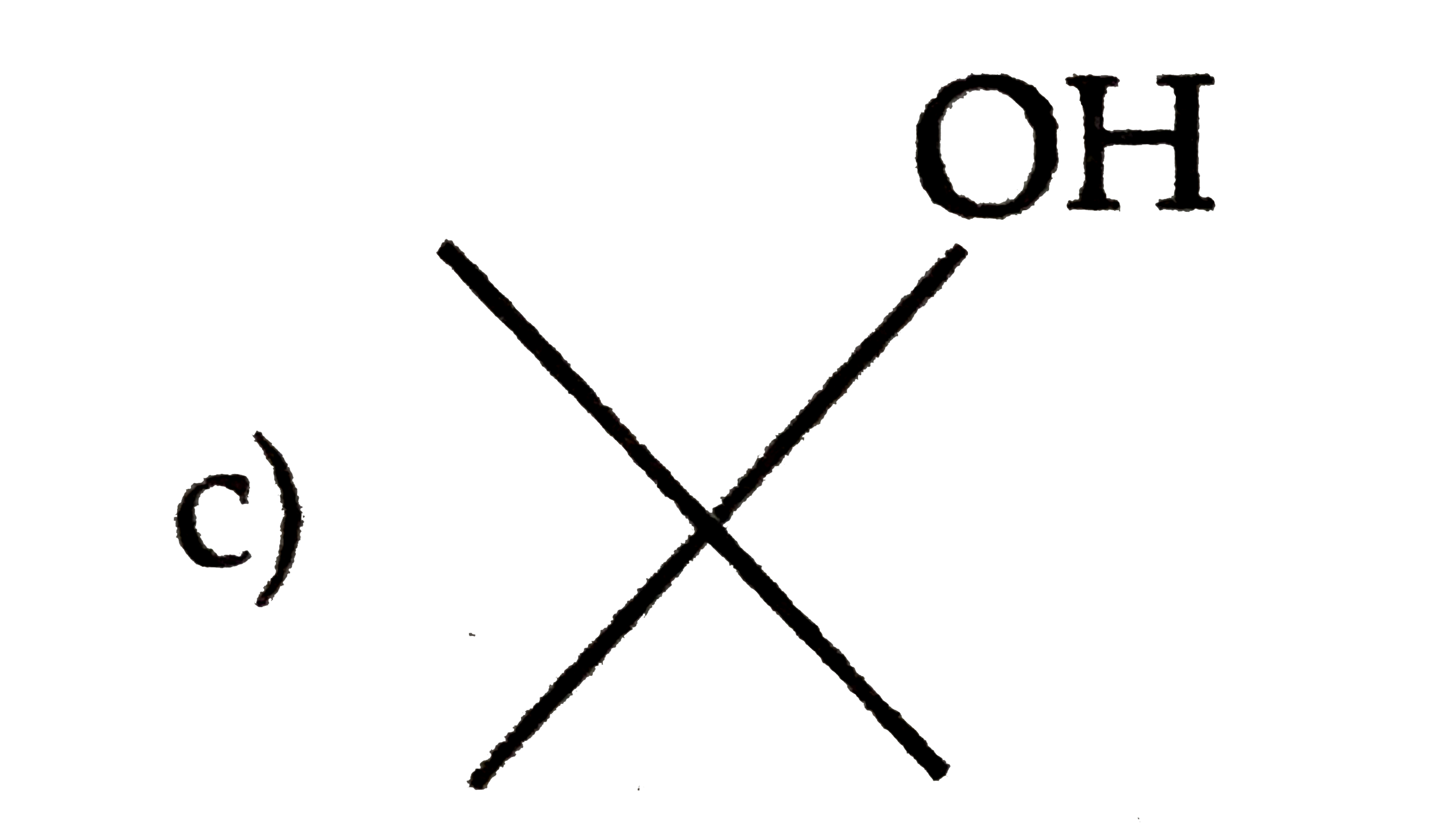 D
D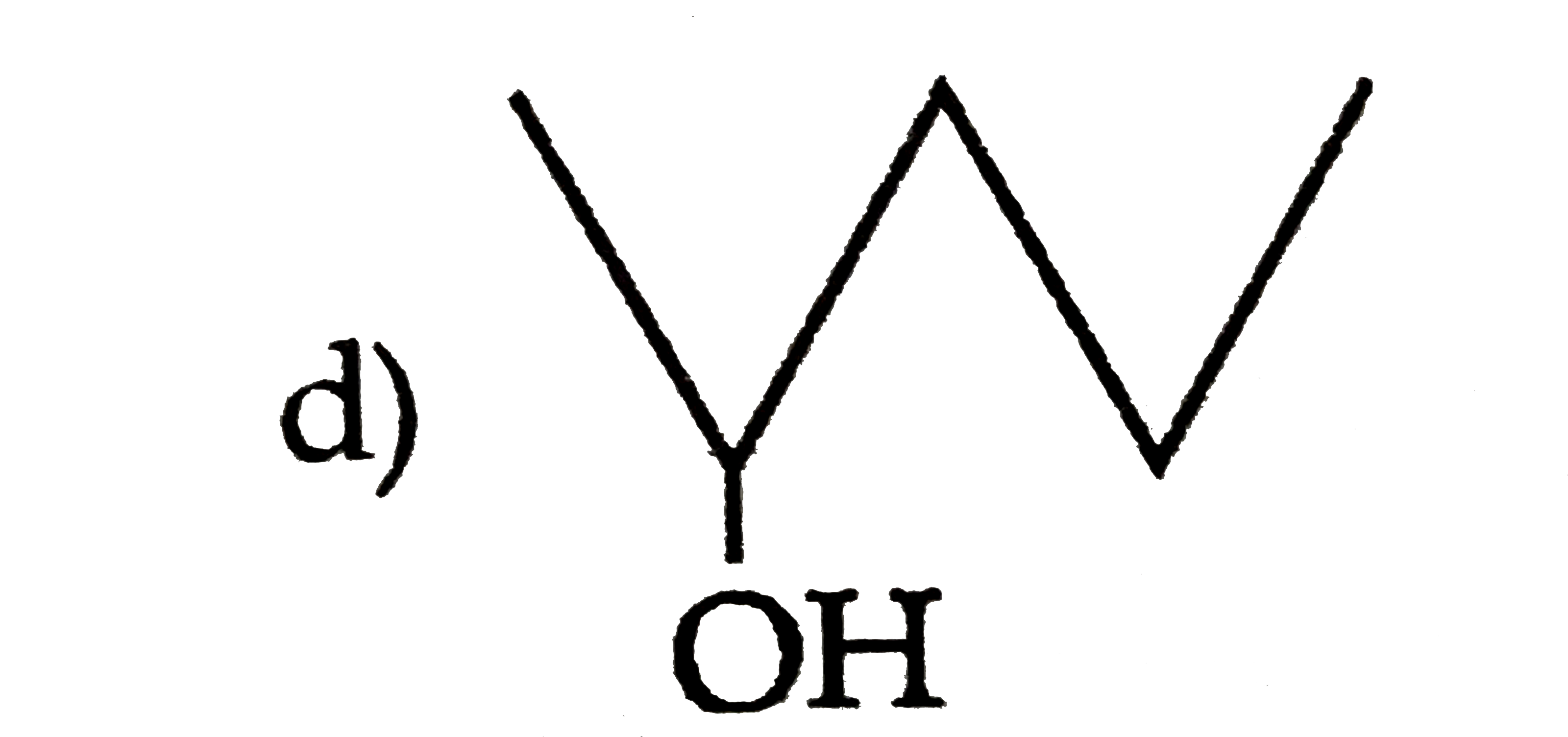
- Question 2 - Select One
The correct order of rate of reaction toward nucleophilic addition reaction :
 Aa>b>c>d>eBa>b>d>c>eCa>d>e>b>cDa>b>e>d>c
Aa>b>c>d>eBa>b>d>c>eCa>d>e>b>cDa>b>e>d>c - Question 3 - Select One
Relative rate of reaction with H2O
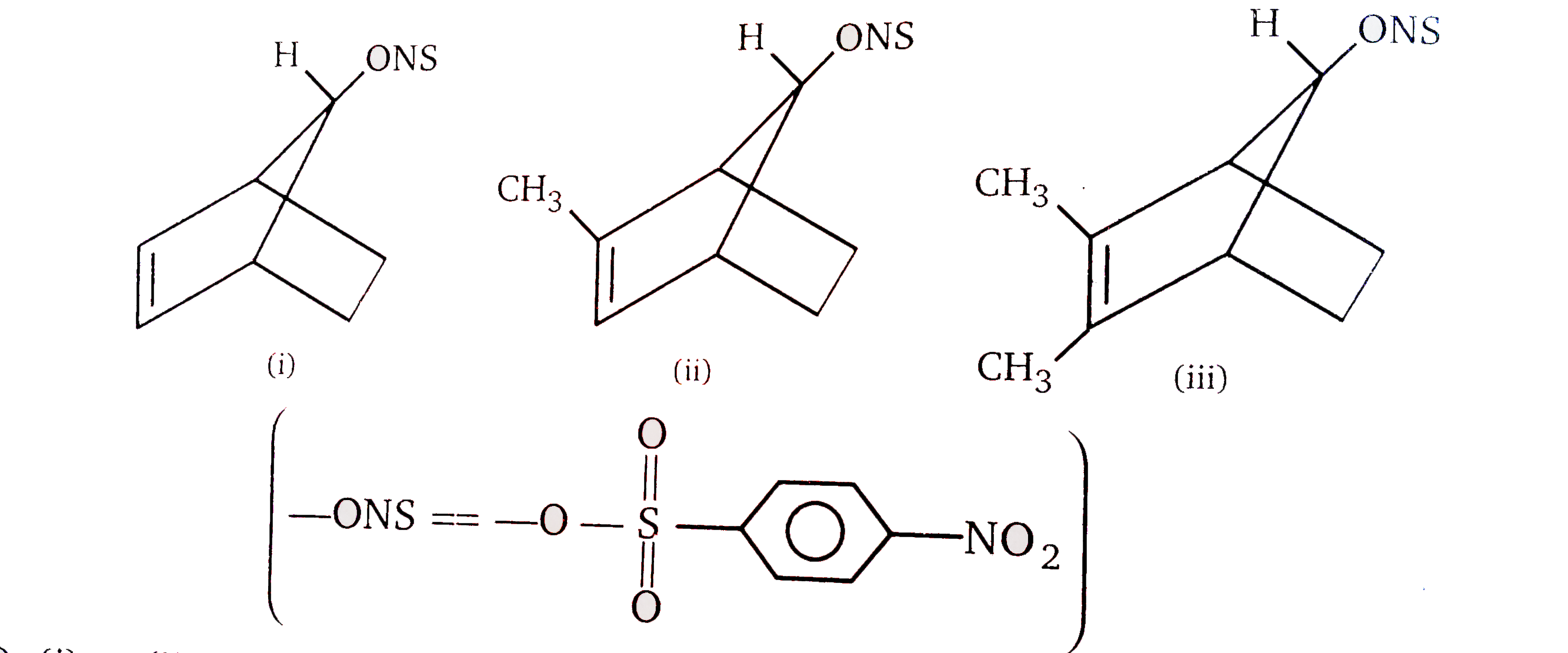 A(I)>(II)>(III)B(II)>(I)>(III)C(III)>(II)>(I)D(III)>(I)>(II)
A(I)>(II)>(III)B(II)>(I)>(III)C(III)>(II)>(I)D(III)>(I)>(II)
Identify from the following reactions the reactants that undergo oxidation and reduction.
NiO+H2→Ni+H2OView SolutionAssertion (A) : In the reaction, N2+3H2→2NH3, the rate of reaction is different in terms of N2,H2 and NH3.
Reason (R ): The rate of reaction is equal to the rate of disappearance of a reactant or rate of formation of a Product.View SolutionStatement-1. In the reaction, N2+3 H2→2 NH3, the rate of reaction is different in terms of N2,H2 and NH3.
Statement-2. Rate of disappearance of N2 and H2 and rate of formation of NH3 are not equal to each other.View SolutionDecreasing order of rate of reaction of molecules towards electrophilic addition reaction is:
 View Solution
View SolutionAssertion (A) Decomposition of H2O2 is a disproportionation reaction.
Reason (R ) H2O2 molecule simultaneously undergoes oxidation and reduction.View Solution

